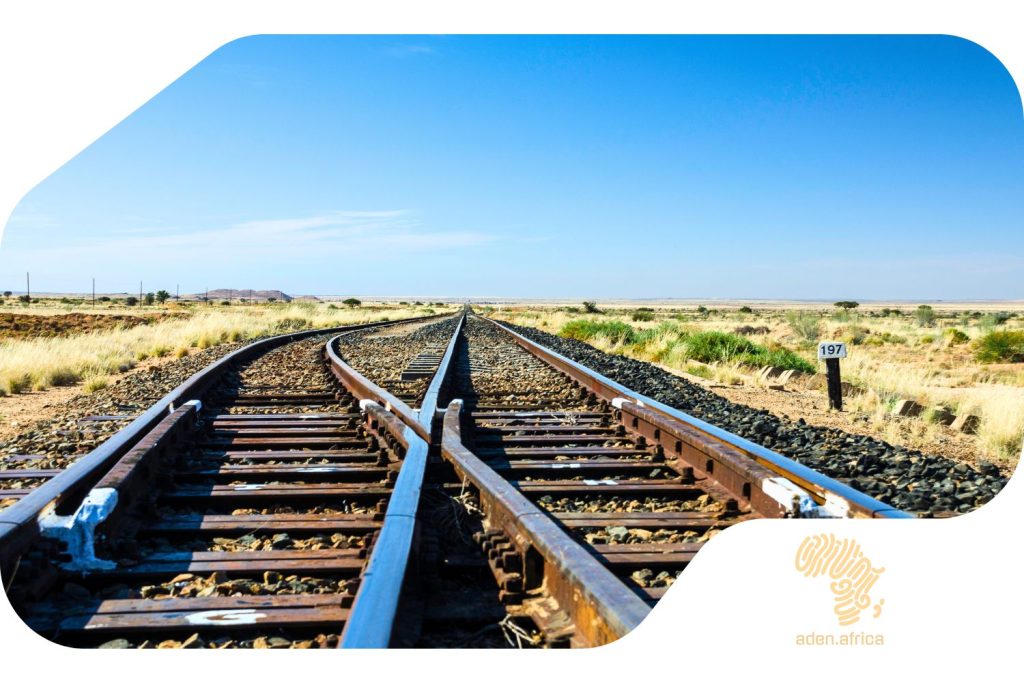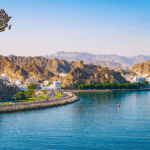
Infrastructure as Economic Destiny
In the 21st century, infrastructure is about more than concrete, steel, and asphalt; it is about fundamentally reshaping economic geography. A new road, railway, or port is not an end in itself, but a catalyst for a new ecosystem of opportunity. Nowhere is this more apparent than in the visionary projects taking shape across Africa today.
Among the most ambitious of these is the Great Equatorial Land Bridge, a transcontinental corridor planned to traverse five nations: Cameroon, Central African Republic (CAR), South Sudan, Ethiopia, and Kenya. This project is more than a transport route; it is a tangible, timely, and geopolitical case study that makes the abstract concept of an “economic corridor” real. It represents a bold vision to create a new economic axis across the heart of the continent, connecting the Atlantic to the Indian Ocean. This deep dive will analyze the project not just as a feat of engineering, but as a blueprint for regional integration and a perfect illustration of the ADEN investment thesis in action.
Defining the Great Equatorial Land Bridge
At its core, the Great Equatorial Land Bridge is a multimodal transport and trade corridor (TTC) designed to link the port of Douala in Cameroon with the port of Lamu in Kenya, via Bangui (CAR), Juba (South Sudan), and Addis Ababa (Ethiopia). It is an extension and integration of existing ambitious projects, most notably the Lamu Port-South Sudan-Ethiopia-Transport (LAPSSET) Corridor.
The vision is comprehensive, including:
- Standard Gauge Railway (SGR): To move containerized traffic, minerals, and other goods efficiently across the continent.
- Satellite Cities: To accommodate the rapid urban migration happening across the continent fueling demand for real estate, healthcare, education, and retail opportunities.
- Interregional Highways: To create seamless road connectivity for trade and passenger transport.
- Special Economic Zones: To unlock the economic potential of SEZs and contribute to industrial development which drives economic growth, attracts investment, and creates jobs in Africa.
- Crude Oil and Product Pipelines: To connect the oil fields of South Sudan to coastal ports and refineries.
- Fiber Optic Cables and Communication Systems: To create a digital spine alongside the physical one, enabling a leapfrog into the digital economy.
This project aims to do more than connect two coasts; it seeks to create a vibrant ecosystem of opportunity across a region poised for dynamic growth.
More Than a Road: The Geopolitical and Economic Significance
To appreciate the full impact of the Land Bridge, one must look beyond the immediate logistics and consider its profound strategic implications.
Creating a New East-West Axis
For centuries, Africa’s trade routes have been predominantly north-south, a legacy of colonial-era infrastructure designed to extract resources. The Great Equatorial Land Bridge fundamentally challenges this. By creating a viable east-west artery, it will provide a direct link for trade between the Indian and Atlantic oceans, potentially rivaling the Suez Canal for certain types of freight by reducing shipping distances and costs for vessels moving between the East and West.
For landlocked nations like the Central African Republic, South Sudan, and Ethiopia, the benefits are monumental. It provides crucial trade route diversification, reducing their economic and political dependence on a single port or neighboring country. This new access to global markets strengthens their economic sovereignty and negotiating power.
Fostering Stability Through Interdependence
The planned route for the Land Bridge traverses regions that have historically faced significant instability. Large-scale infrastructure projects can be powerful tools for peace. By weaving the economies of Cameroon, CAR, South Sudan, Ethiopia, and Kenya together, the corridor creates a powerful, shared incentive for regional cooperation. When the economic prosperity of each nation becomes directly linked to the stability and security of its neighbors, the political calculus changes. This economic interdependence, a core goal of such corridors, can serve as a durable foundation for long-term regional peace.
The Physical Manifestation of the AfCFTA
The African Continental Free Trade Area (AfCFTA) is one of the most ambitious trade pacts in the world, creating a unified market of over a billion people. However, a trade agreement is only as powerful as the physical infrastructure that underpins it. The Great Equatorial Land Bridge is a perfect example of what ADEN calls a “demand superhighway”. It is the essential hardware that will allow the software of the AfCFTA to run, turning policy into practical, profitable trade between nations.
The ADEN Thesis in Action: Investing in the Entire Ecosystem
The Great Equatorial Land Bridge is a case study that perfectly embodies the ADEN investment philosophy: “Investing in Ecosystems, Not Just Assets”. Our approach moves beyond a narrow focus on a single project’s ROI to analyze and invest in the entire value chain that will thrive along these new arteries of commerce.
- Moving Up the Value Chain: The corridor is designed to connect natural resources not just to ports for export, but to new, local refineries and processing plants built along the route. This is how we move away from the old extractive model. For example, minerals from the CAR can be processed in-country or in a neighboring corridor state, adding value, creating high-skilled industrial jobs, and retaining wealth on the continent before the final product ever reaches a port.
- Powering Growth with Abundant Energy: A project of this magnitude requires immense power. The Land Bridge serves as the perfect spine for developing decentralized, resilient solar smart grids—a key ADEN focus area. This provides the cheap, reliable power needed to de-risk investments and attract manufacturing and industrial partners to new special economic zones along the corridor.
- Connecting Africa’s Greatest Asset—Its People: We don’t just see a population boom; we see the most valuable asset on Earth. This corridor connects Africa’s dynamic workforce with new consumer markets. It provides the impetus for building new, smart satellite cities to accommodate massive urban migration, fueling demand for real estate, healthcare, education, and retail opportunities. It is, in essence, building the infrastructure for the ambition of Africa’s youth.
Conclusion: From Blueprint to a New Reality
The Great Equatorial Land Bridge is far more than a line on a map. It is a bold, strategic vision for a more integrated, prosperous, and self-determined Africa. It demonstrates how a single, ambitious infrastructure project can serve multiple goals simultaneously: unlocking landlocked nations, fostering peace through trade, realizing the promise of the AfCFTA, and creating a multi-layered ecosystem of high-growth investment opportunities.
While the challenges—financial, political, and geographic—are significant, the potential rewards are transformative. This is precisely the type of opportunity that requires the deep analysis, strategic partnerships, and patient capital that ADEN and its investment arm, Afri Fund Capital, are structured to provide. For the diaspora investor looking to build a true legacy, understanding and participating in the ecosystems generated by projects like the Great Equatorial Land Bridge is the future. It is how we move beyond simply investing in Africa to actively building the Africa of the future.







